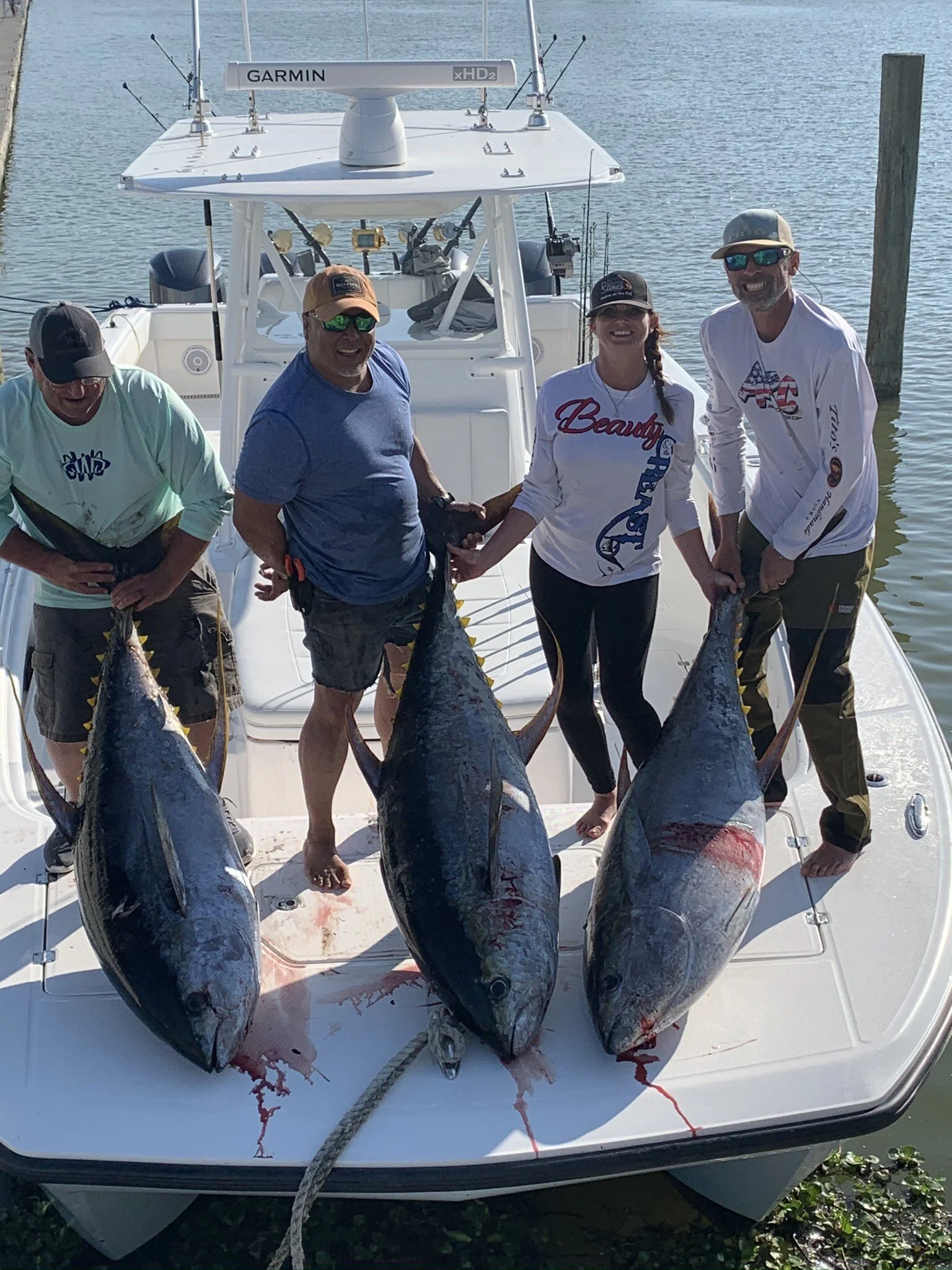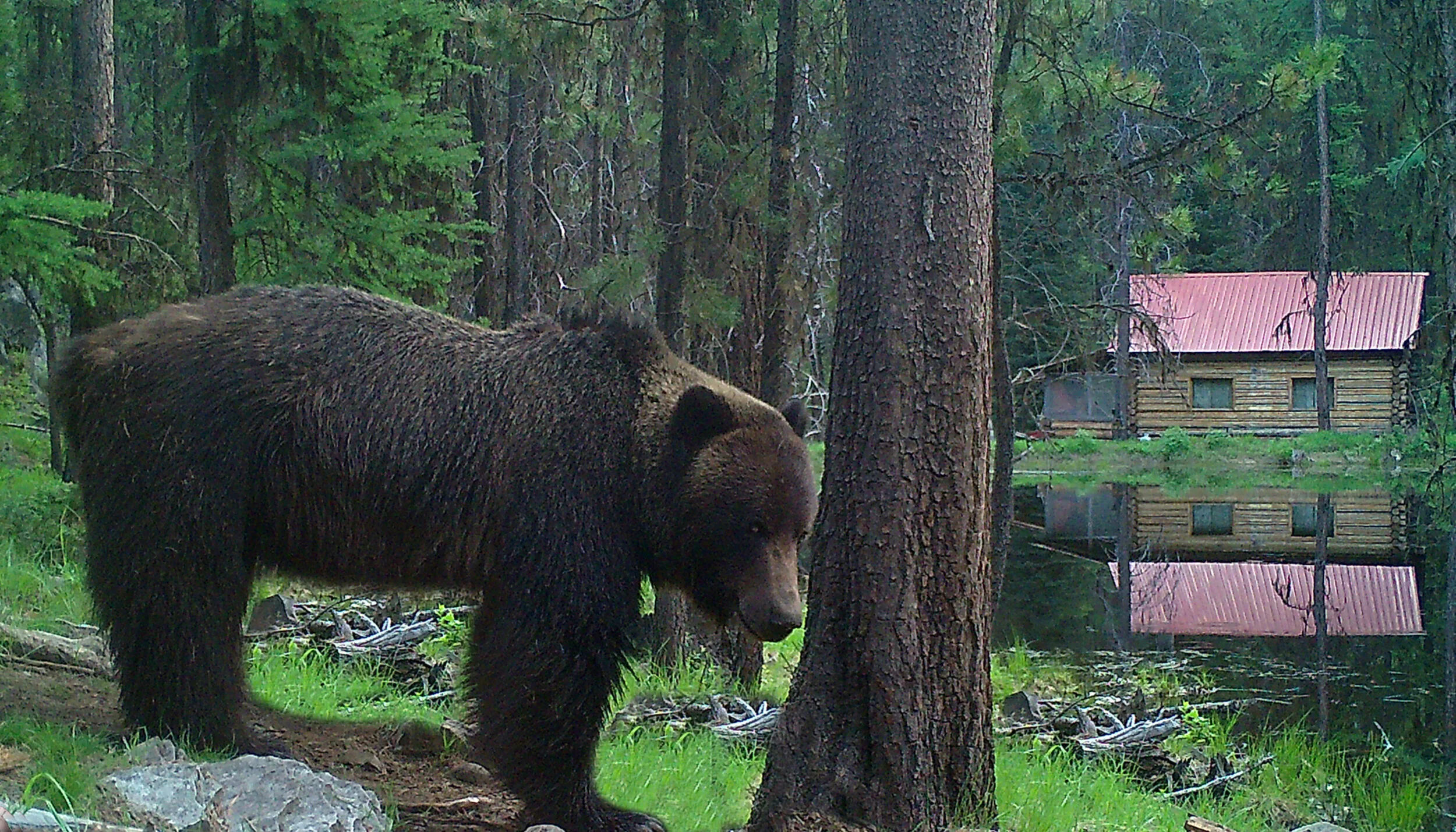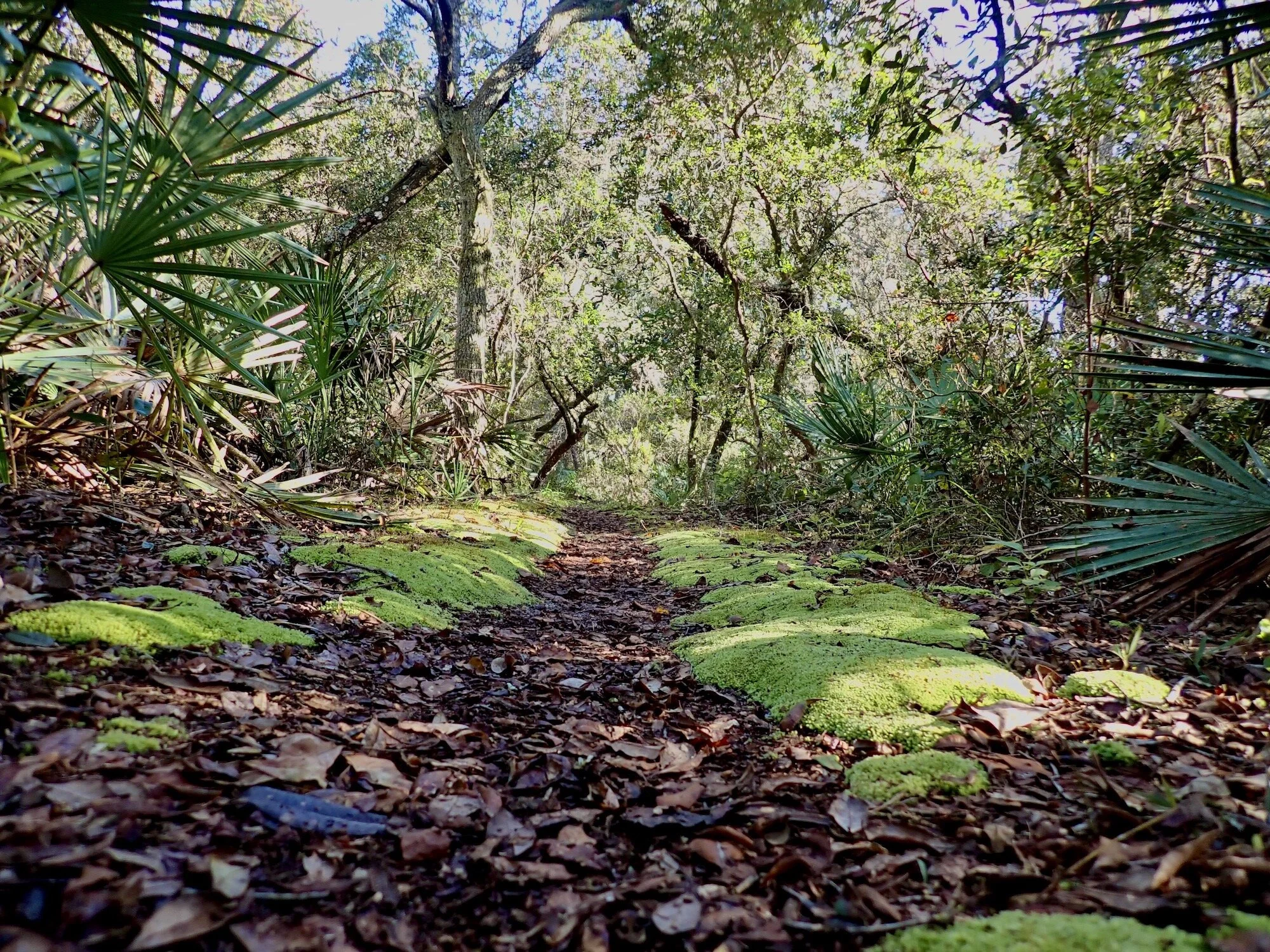When we say Venice, Louisiana is the end of the earth, we mean it. There is a Dollar General, a few gas stations, and two marinas that boast some of the most diverse and bountiful hauls in North America, most especially known for Yellowfin Tuna.
Grand Slam Quest-Aspire To The Ultimate Challenge
The approaching turkey pecked the ground several times and then raised its red head, causing a long, bristle-brush beard to swing like a pendulum. The sun hung on the horizon, and I mentally prayed this bird would continue its course and pass my disguised location.
On The Hunt For The Elusive Dino-Fish
It was the most unsightly glob of bait I’ve ever seen on a hook. First, two nightcrawlers were skewered on a large, circle hook, forming a sort of worm ball, then a trio of frozen rainbow shiners were added. According to the captain, “Sometimes the fish want worms, other times they want minnows, so we’ll just feed ‘em both.”
Wildlife Watching Wednesday: The Homely But Helpful Opossum
The opossum, or “possum”, is a very interesting animal. These peaceful, docile mammals are North America’s only marsupial (a mammal with a pouch for carrying their young), and since they do not truly hibernate they are active all year long.
The Story Of Bear Rock
One fine September day a few years back, I was fishing along a small stream in northwestern Montana’s Yaak River drainage. It was sunny, warm, and the fishing was good. I had already worked my way about a mile upstream from where I had parked the truck, and I continued northward, almost on automatic pilot, casting a gray hackle peacock wet fly from small pool to small pool as I moved.
Fishing Friday: A $1000 Alaska Fishing Trip
What? A week’s fishing in Alaska for $1,000? Impossible… but here’s how. When I was a young man I camped with my grandfather for an entire summer in Alaska, and he taught me to be frugal. Often, he would stop along the highway to pick up a blown innertube or a small plank, prompting my question, “What in the world will you do with that?”
Walking The Florida Trail
The Florida Trail (FT) runs for approximately 1,500 miles through Florida, from Big Cypress National Preserve to Fort Pickens at Gulf Islands National Seashore, in Pensacola. By Congressional action, it's also known as the Florida National Scenic Trail. The FT provides continuous, permanent, non-motorized recreation opportunities for hiking and other compatible activities, while showcasing Florida's rich biodiversity, history, and culture.
Wildlife Watching Wednesday: The Beautiful Mourning Cloak Butterfly
The common Mourning Cloak butterfly (Nymphalis antiopa) is a beautiful harbinger of spring. It gets its name from the German word “trauermantel”, which translates to “mourning coat” or “mourning cloak”.
Catahoula Waterfowl Corral
In Louisiana, waterfowl hunters have seen a continued decline in recent years. The cause? Well, that’s a topic for another conversation where opinions vary from state-to-state, and from top-to-bottom of the Mississippi Flyway.
Bassing Big Bend: Massive Reservoir Still Consistently Producing Big Bass
Ask largemouth bass enthusiasts to name their bucket list waters, and many would undoubtedly rank Toledo Bend Reservoir high on that list. The largest reservoir in the South covers about 185,000 acres. It runs 65 miles along the old Sabine River channel spanning the Louisiana-Texas line.
Wildlife Watching Wednesday: Fast-Moving Leopard Frogs
The handsome northern leopard frog (Lithobates pipiens) has been a perennial favorite among frog lovers for many years. These fast-moving amphibians are usually green or brown in color, with large dark-colored spots on their backs, sides and legs. The spots are reminiscent of the spots on African leopards, hence the name.
Projectile Points: Ancient Weapons In The Wilderness
“Tell me again, why do we live here?” a non-hunting friend sarcastically asked me after listening to a weather forecast predicting incoming quantities of snow for northwest Wisconsin that were better measured in feet than in inches.











